
1. Without a 5G modem, does the Apple A13 chip still stand on the altar?
2. Apple releases A13 Bionic processor: a resounding victory over Snapdragon 855/Kirin 980
3. The evolution of the strongest mobile chip: How Apple A-series processors are forged!
4. Apple: A13 performance far exceeds Huawei Kirin 980, netizens: Don’t forget the Kirin 990 series
5. The most underrated new product at the Apple launch! The U1 chip has unlimited potential
6. Domestic repair institutions release internal structure diagram of iPhone 11: Dual-layer motherboard, Intel modem

1. Without a 5G modem, does the Apple A13 chip still stand on the altar?
After waking up, I was bombarded with news from the Apple iPhone launch event. As a long-time onlooker, the iPhone launch is the time when contradictions reach their peak, with endless praise from fans and equally endless complaints from detractors.
I don’t want to discuss the product itself too much; let’s directly take a look at Apple’s latest annual flagship chip, the A13 Bionic.
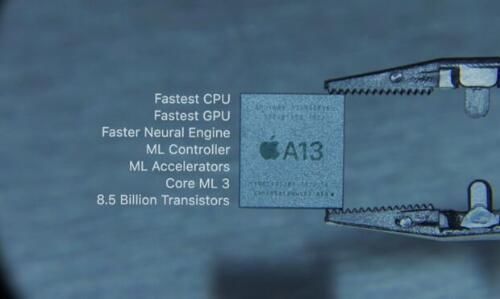
In the current mobile phone market, the landscape of high-end flagship chips has basically been formed, with Qualcomm, Samsung, Huawei, and Apple being the four major players. Although in recent years, the competition around AI computing power has been fierce between Apple and Qualcomm, Huawei, Apple’s ability to design chips and maximize processor performance through the combination of software and hardware is one of the reasons why Apple chips consistently outperform competitors in CPU, GPU, and other benchmarks.
This year, Apple’s A13 release unusually provided performance comparisons with Qualcomm’s Snapdragon 855 and Kirin 990 chips, which was not seen in previous years, indicating that Apple has begun to regard them as serious competitors.
“The Apple A12 can still compete with the industry’s current products for another two years,” said an Apple spokesperson. As always, whether in CPU, GPU, or NPU, the A13 continues to demonstrate superior performance scores. However, at a time when 5G is booming, it’s no surprise that the A13 does not integrate a 5G modem. So, what highlights does it have? Is it still at the top of mobile chip performance?
Upgraded 7nm process? Creating the fastest CPU and GPU
Apple’s spokesperson stated that the A13 has the fastest CPU and GPU performance in smartphone history, both improved by 20% compared to the previous A12.
Don’t be surprised; according to the chip design, manufacturing, and testing process, the roadmap was generally set several years ago, and the improvements in the A13 can be traced back.
Apple directly showcased a performance comparison of the A13 with the A12, Qualcomm’s Snapdragon 855, Huawei’s Kirin 980, and Qualcomm’s Snapdragon 845, which is also the first time Apple has included competitor chips in their presentations.
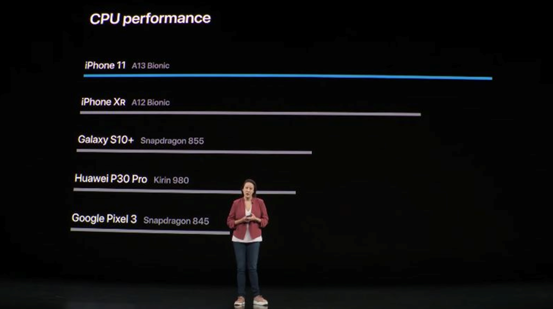
Last year’s A12 already dominated in benchmark performance, and this year’s A13 achieves another 20% improvement in CPU and GPU specifications, maintaining its lead.
The significant performance improvement of the A13 is undoubtedly due to advancements in chip manufacturing processes. Although Apple only mentioned that it still uses a 7nm process at the launch, sources from TSMC indicated that: “The A13 still uses TSMC’s 7nm process, but it employs optimized technology.”
It was not made clear whether the A13 uses TSMC’s latest 7nm EUV process, but it can be speculated that Apple is typically generous with the adoption of advanced processes, unless TSMC fails to meet Apple’s production capacity requirements.
According to TSMC’s process node evolution, they have already begun to move towards 5nm, which is expected to appear in the 2020 iPhone. This year’s models will still use the 7nm process.
Of course, this 7nm is not the same as the previous 7nm; TSMC has two improved 7nm process nodes available for Apple to use. The first is the improved 7nm process, code-named N7+. Previously used for the A12, the process code-named N7, N7+ employs EUV (Extreme Ultraviolet) lithography technology, allowing for better chip density.
Data shows that logic units can increase performance by about 20% in the same area, while power consumption decreases by 10%.
The second is the performance-enhanced version of the 7nm process, named N7P, which does not use EUV technology but is an adjusted and optimized version of A12’s 7nm process. TSMC states that it can reduce power by 10% while improving performance by 7% at the same performance level.
Between the two, the more superior option for performance improvement is undoubtedly N7+. Based on the performance improvement and power consumption reduction values announced by Apple, it seems more inclined to use the N7+ process. However, neither Apple nor TSMC has disclosed specific processes to the public; this will require later teardowns or other channels to confirm.
Although the 7nm EUV process is attractive, considering that only the 5G version of the Kirin 990 uses EUV technology, it can be expected that the cost of the 7nm EUV process will not be low, and its production capacity remains uncertain.
It is worth mentioning that the core code name of the A13 is still Bionic, the same as the previous generation A12, using a 64-bit Fusion architecture, focusing on enhancing AI machine learning capabilities and reducing power consumption.
Exploring AI learning capabilities, the A13 still outperforms competitors
The number of transistors in the A12 was 6.9 billion, a 60% increase over the A11’s 4.3 billion. The A13, using TSMC’s most advanced 7nm process, further increases the transistor count to 8.5 billion, a 23% increase.
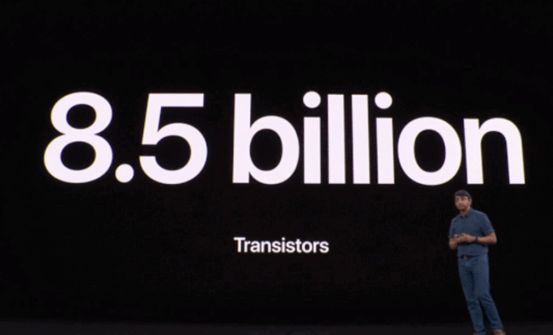
However, Apple has not disclosed the chip’s packaging area. Based on the situation of Apple iPhone chips, the A13’s area may be slightly larger than that of the A12. For comparison, the A12’s packaging area is 83 square millimeters, while the A11 is 88 square millimeters. Although it does not use a higher-level 5nm process, the improved 7nm process can accommodate more transistors, so the packaging area should be slightly larger than that of the A12.
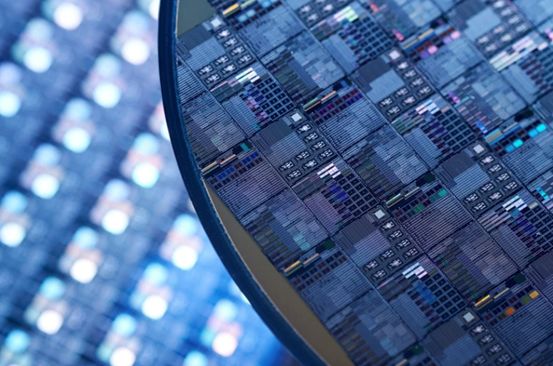
The A13 continues the previous generation’s CPU design of 2 high-performance cores and 4 efficiency cores in a 64-bit Fusion architecture. The 2 high-performance cores can handle complex tasks faster than before, reducing energy consumption by 30%; the 4 efficiency cores handle daily tasks, reducing energy consumption by 40%.
It is understood that Apple has also integrated a self-designed PMU power management unit, which can precisely control the distribution of power to each circuit in the SOC. The chip has hundreds of voltage domains and thousands of clock gates, which will shut down part of the power when not in use, significantly saving energy consumption.
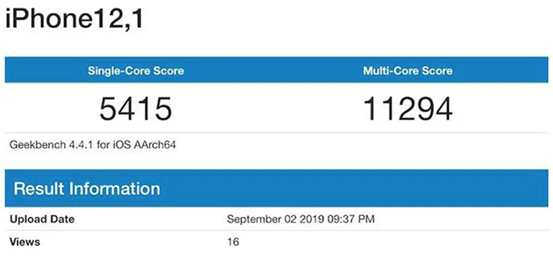
In recent years, Apple has consistently held the champion position in single-core benchmark scores. According to previously leaked benchmark data, the iPhone 11 scored 5415 in single-core and 11294 in multi-core benchmarks on Geekbench, showing no significant improvement over the iPhone XS. We can note that the A13’s main frequency is 2.66GHz, compared to the A12’s main frequency of 2.49GHz, indicating that Apple still relies on slight frequency changes to enhance CPU performance.
Comparing flagship chips on the market, the single-core scores for the A12, Kirin 980, and Snapdragon 855 are 4822, 3390, and 3469 respectively, while the multi-core scores are 11508, 10318, and 10259.
Although the A13 has not shown particularly large improvements over the A12 in single-core and multi-core scores, it still has a significant advantage over other major Android phone chips, making all Android phones and even the thinnest laptops pale in comparison.
At this stage of chip platform design, it seems that the CPU is no longer considered a crucial component; rather, the focus appears to be on AI capabilities and the NPU. Machine learning (ML) has become a key part of enhancing smartphone experiences and is the core capability in the competition among flagship phone AI chips.
The A13’s neural network engine (NPU) remains an 8-core configuration, with a speed increase of 20% over the last generation and a potential energy consumption reduction of 15%. However, it has not been mentioned whether its computing power has improved. What is surprising is that Apple has added two machine learning accelerators to the CPU, which can perform matrix mathematical operations at speeds up to six times faster, allowing the CPU to perform over 1 trillion operations per second.
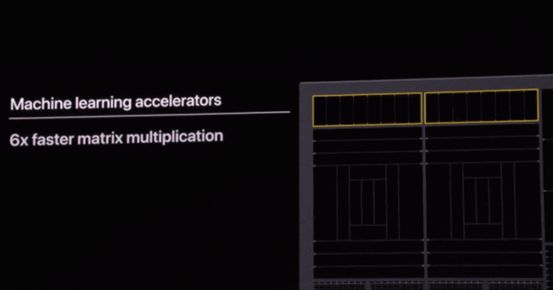
What does this indicate? The CPU also possesses NPU-like learning capabilities. After dominating in CPU performance, Apple has not let its super strong CPU capabilities go to waste. In executing AI machine learning, the CPU, GPU, and NPU can achieve the best balance in performance and power consumption.
Based on last year’s A12’s neural network engine, which had a computing capacity of 50 trillion operations per second, the A13’s AI computing power is expected to see a significant increase.
According to sources from the chip supply chain, “After significantly optimizing the CPU, due to factors such as memory bandwidth limitations of the chip, the GPU’s improvement may not be as substantial as that of the CPU. After greatly enhancing AI performance, it is believed that it can reach or approach 100 trillion operations per second, which is more than double the A12’s 50 trillion operations.”
4K video recording, seamless switching between three cameras
AI machine learning has become the most important part of the iPhone experience, and daily tasks such as photography, video recording, and even AR applications rely heavily on the chip’s AI capabilities.
Recording 4K video at 60 frames per second may seem like a common feature that many flagship phones can handle, but the A13 still performs exceptionally well. But is that enough? There’s even more impressive functionality.
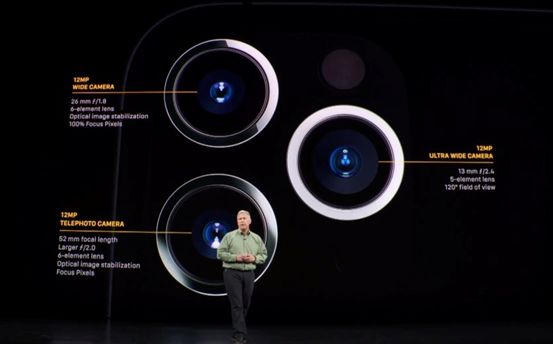
The iPhone 11 Pro features a “triple-camera” design, adding a 13mm ultra-wide-angle lens to the original 26mm wide-angle and 52mm telephoto lenses of the iPhone XS. The telephoto lens has a 40% increase in light intake, with near-zero shutter lag.
The most important aspect is that all three cameras can support 4K/60fps video recording and can simultaneously record 4K/60fps video. This means that when using the iPhone 11 Pro’s triple-camera system for 4K/60fps video recording, whether in wide-angle or telephoto mode, the transition between shots is seamless, without any frame rate or resolution cuts, providing the most complete and excellent video experience for Vloggers.
In addition, the white balance/color can also be kept consistent. To achieve these effects and functions, the overall computation of the chip is essential, with AI, ISP, GPU, etc., playing vital roles.
Specifically, the image signal processor (ISP) and video encoder analyze each frame instantly to capture as many details as possible. The neural network engine employs real-time machine learning technology to optimize different parts of the scene, such as adjusting the brightness of foreground subjects, reducing noise, enhancing the colors of the sky, etc.
Additionally, it is understood that the A13’s ISP may include the first batch of encoding and decoding for the new AV1 video codec, which most online videos (such as YouTube and Netflix) may transition to in the coming years.
5G modem is a regret, but the A13 still shines
As predicted before the launch event, this year the iPhone 11 indeed does not have a 5G version. In fact, the pace of the entire launch event was fast, and we did not find any trace of 5G in Apple’s slides or from speakers, let alone a 5G modem.
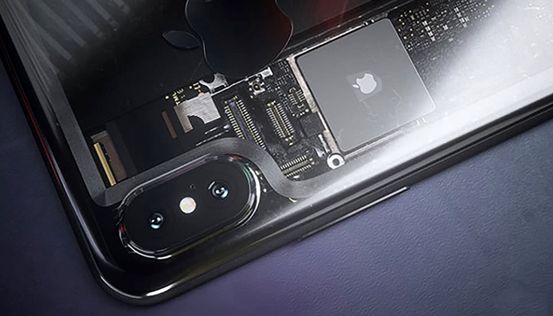
From the perspective of the domestic market environment, the early issuance of 5G licenses has accelerated the entire industry chain’s pace in advancing 5G. However, we must clearly understand that 5G is only in its initial stage this year, and it will still be limited in coverage in 2020. The power consumption of 5G modem chips is also relatively high, far from reaching the stage of large-scale market usage.
Although companies like Samsung, Qualcomm, and Huawei have already released related 5G modem chips and integrated them into their chip platforms, the overall scale remains small. A 5G iPhone will eventually come, but it may not be until 2020 or 2021. Given the sales volume of the Apple iPhone, they are unlikely to take risks by launching a 5G version in the early stages when 5G modem chips and network coverage are not mature; this clearly does not align with Apple’s style.
As Honor’s president Zhao Ming commented after the conference: “Apple is no longer a leader.” The improvements in various aspects of the iPhone 11 series are still evident, but for many, Apple seems to be gradually losing some of its charm due to its overly conservative approach.
“Couldn’t Apple launch a 5G version first and then release it next year?” a media friend joked with me. Indeed, for marketing in the Chinese market, launching a PPT product still has its value.
Counterpoint’s research director Yan Zhanmeng stated after the Apple launch: “I believe that before the second quarter of next year, Apple will maintain a competitive edge with the pricing of the iPhone 11. From a competitive value perspective, the iPhone 11 and the re-priced older models will have higher value.”
Returning to the beginning, the Apple A13 chip’s performance in all aspects is still undoubtedly the king, but the gradually declining attention and the foreseeable decline in sales are worth pondering.(Proofreading/Fan Rong)
*This content is original to Jiwei Network, and the copyright belongs to Jiwei Network. Without written authorization from Jiwei Network, it may not be used in any way, including reproduction, excerpting, copying, or creating mirrors.

2. Apple releases A13 Bionic processor: a resounding victory over Snapdragon 855/Kirin 980
With the launch of the iPhone 11, Apple unsurprisingly introduced the A13 Bionic processor, and unusually compared it with competitors, which is quite rare for Apple.
The A13 processor is manufactured using a 7nm process, with 8.5 billion transistors, integrating six CPU cores, including two large cores with a 20% performance boost and 30% lower power consumption, and four small cores with a 20% performance boost and 40% lower power consumption, along with a four-core GPU that boasts a 20% performance boost and 40% lower power consumption, optimized for Metal.
It also features an eight-core neural engine (similar to NPU), with a 20% performance boost and 15% lower power consumption, as well as a machine learning acceleration unit that enhances matrix multiplication performance by six times.
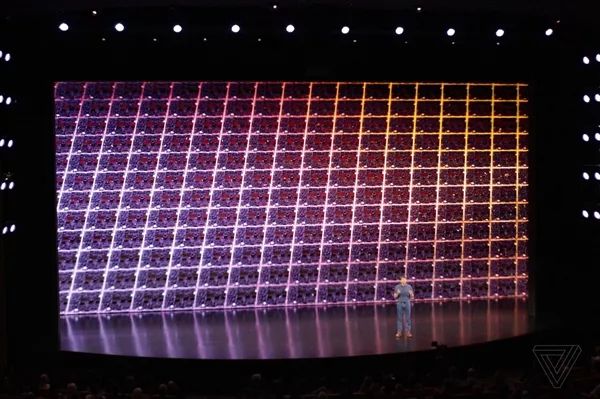
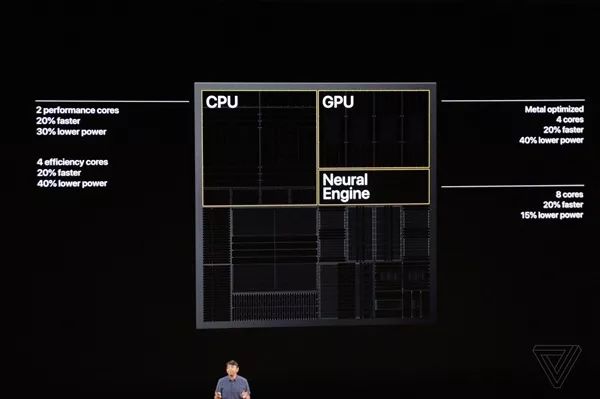
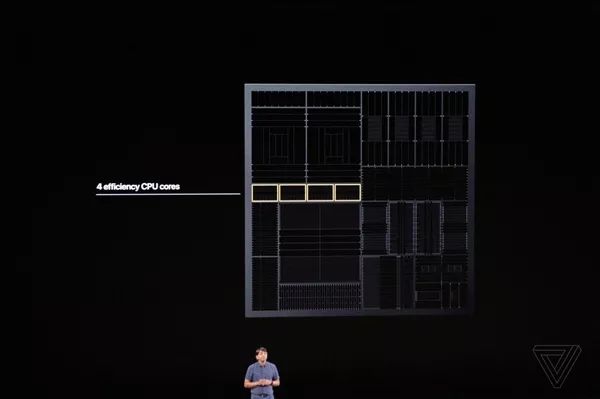
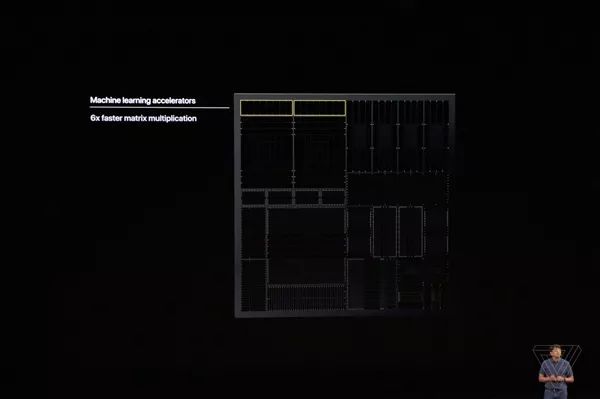
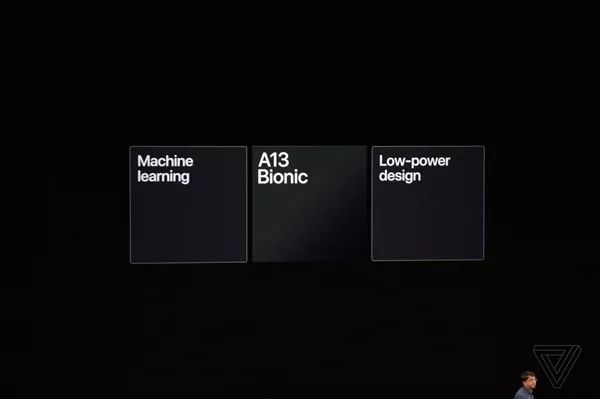
In terms of performance, it was surprising that Apple compared not only the A12 but also Qualcomm’s Snapdragon 855, Snapdragon 845, and Huawei’s Kirin 980, although the latest Kirin 990 was not mentioned, as it had not yet been released.
While Apple did not provide specific margins of superiority, it is no surprise that Apple leads significantly in this area.
Equally surprising was that Giant Network showcased the powerful GPU performance of the A13 with a new game called “Pascal’s Wager,” which will be available on the App Store next month but is not part of Apple Arcade.Fast Technology
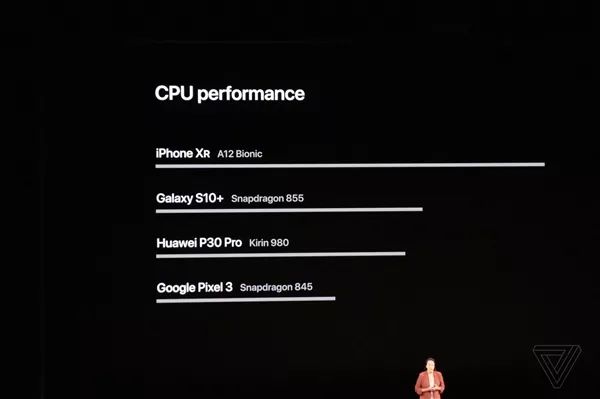
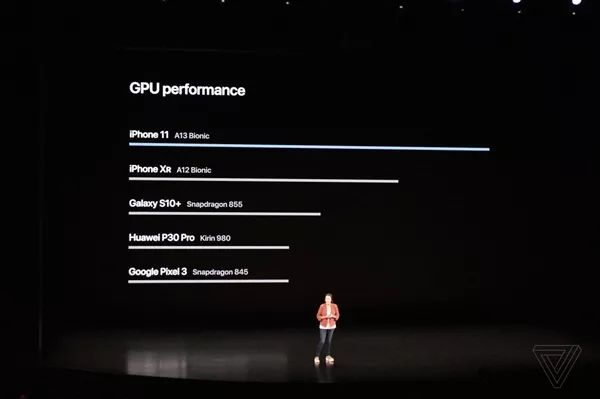
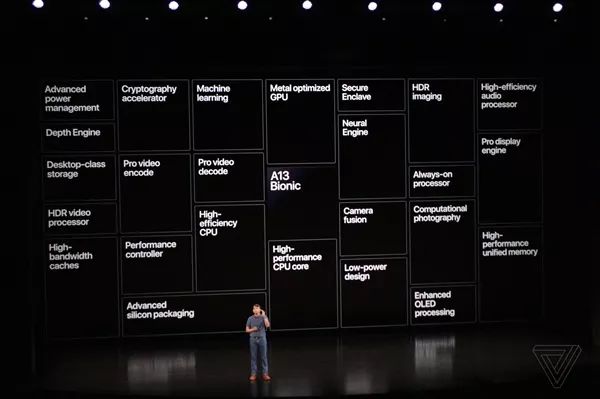

3. The evolution of the strongest mobile chip: How Apple A-series processors are forged!

Jiwei Network reports (by Jimmy), Apple held its 2019 autumn launch event at 1 AM Beijing time on the 11th. Every autumn launch event focuses on the iPhone, and this year’s iPhone 11 has seen considerable upgrades compared to the XS generation, with regular hardware upgrades for the A13 chip, camera upgrades, the addition of night mode, and increased battery capacity. The Pro version comes standard with an 18W fast charger, and the screen upgrade doubles the contrast, with all models supporting dual SIM dual standby. It seems that this generation of iPhones has filled in the gaps, except for 5G, and has kept pace with Android devices.
Counting the years, it has been 12 years since the first iPhone was released. The changes in appearance from the first generation to the current 11 are undoubtedly significant, and the internal hardware has also evolved greatly.During these 12 years, in addition to the iOS system, Apple takes pride in its self-developed A-series processors.
Starting with the A4 processor in the iPhone 4, Apple officially embarked on the path of self-developed chips. From A4 to the current A13, Apple has produced a total of 10 generations of A-series processors. Today, Jiwei Network will discuss the history of the A-series processors from the past to the present.
From A4 to A13, Apple has not simply squeezed out performance generation after generation; on the contrary, several processors have epoch-making significance.

A4, as Apple’s first product, is a chip featuring a single-core ARM Cortex-A8 processor manufactured on a 45nm process, with a PowerVR SGX 535 GPU and 640KB of L2 cache. At the same frequency, its performance is better than that of Samsung’s S5PC110, but its core structure is very similar to the previous Samsung processors, merely having a higher frequency without any changes in CPU architecture. Thus, strictly speaking, this chip cannot be considered a true achievement of Apple’s independent research and development.
A5, released with Steve Jobs’ last work, the iPhone 4S, was the first dual-core processor chip designed by Apple. However, the changes in A5 were far more than just adding a core; its processor architecture was upgraded from the previous Cortex-A8 to the more powerful Cortex-A9. This new architecture, which evolved from the previous Cortex-A8 platform, offers higher computing power and lower power consumption. The GPU part is equipped with PowerVR SGX543+, significantly improving graphics performance. It is claimed that the CPU performance is twice that of the original iPad, and the GPU is nine times that of the original. A5X is the enhanced version of A5, featuring a four-core GPU for the third-generation iPad, with twice the graphics processing capability of the iPad 2.
A6, designed by Apple’s subsidiary Intrinsity and manufactured by Samsung, features a unique architecture design, with performance between Cortex-A9 and Cortex-A5, based on a 32nm process. It can dynamically adjust CPU voltage and frequency characteristics, and the GPU integrates a tri-core PowerVR SGX 543MP3 graphics processing unit, with performance more than twice that of A5. Like A5, A6X is designed specifically for the iPad, with increased CPU frequency and a GPU upgrade to SGX554MP4, featuring four cores.
When the A6 was released, Apple began to rise to a position of dominance, as the A6-equipped iPhone 5 outperformed many Android devices with quad-core processors in benchmark scores, proving to the world that processor performance cannot be judged solely by core count.
A7 marked a new height for Apple, opening the door to the 64-bit era for mobile processors, undoubtedly a chip of great epoch-making significance.
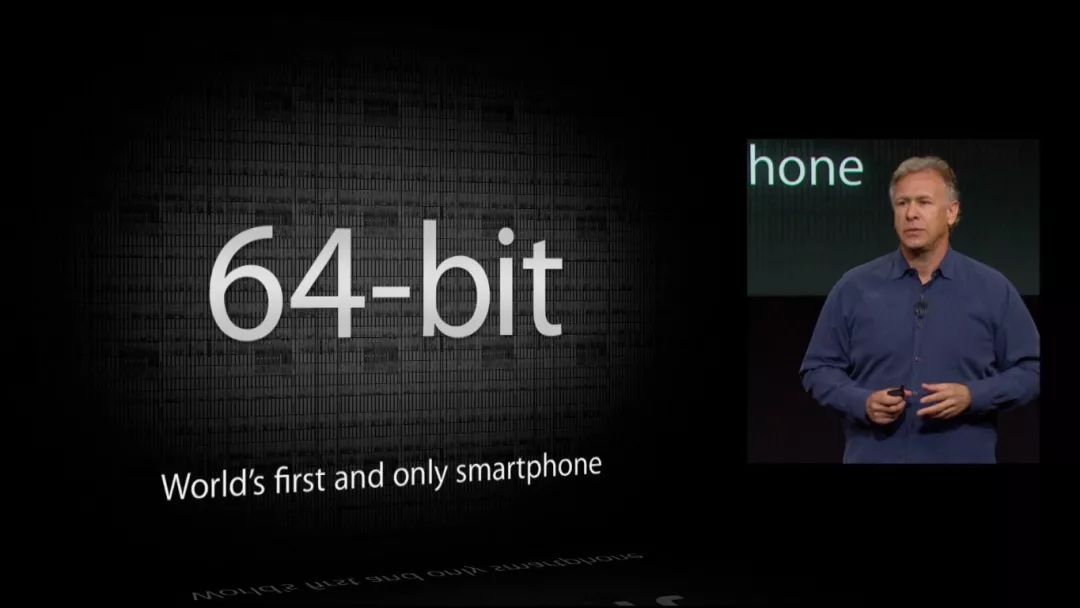
The A7 features a completely new 64-bit design, using the Arm-v8 64-bit instruction set and Apple’s Cyclone architecture, built on a 28nm process with a frequency of 1.3GHz. The A7 processor is twice as fast as the A6 in the iPhone 5, 40 times faster than the original iPhone’s processor, and has 56 times the graphical capabilities of the original. Additionally, starting with the A7, Apple equipped its processors with low-power co-processors (M series) dedicated to computing data from various sensors while maintaining extremely low power consumption.
As the world’s first mobile 64-bit processor, it sparked considerable controversy at the time. While other Android manufacturers were busy increasing CPU core counts, Apple pointed the way forward for future CPU development, leading to initial skepticism about the A7’s significance. However, facts have proven that 64-bit was indeed a very forward-looking idea from Apple. At that time, people were already starting to edit videos and do photo retouching on mobile devices, and the performance of 32-bit processors was nearing its limits. Apple decisively entered the market early, and it has been leading Android manufacturers ever since, to the point where even today, while eight-core processors are standard in budget devices, Apple still uses a six-core design.
Subsequent processors A8, A9, A10 further improved core counts and manufacturing processes, with processor and GPU performance steadily climbing. Notably, the A8X processor, equipped in the iPad Air 2, was the first tri-core processor in the mobile industry, showcasing incredibly powerful performance. The A8X integrated approximately 3 billion transistors, 50% more than the A8, and three times that of the previous A7, with a frequency increased to 1.5GHz. Its single-threaded performance is nearly 12% higher than the A8, while multi-threaded performance improved by 55%, perfectly unleashing the power of the third core. Moreover, Apple was the first to upgrade the memory to 2GB in the iPad Air 2.
It must be said that the performance gap between this generation of iPhones and iPads is very significant.
Of course, there’s also the A10X. When the A10 Fusion reached four cores, the A10X shockingly jumped to six cores, utilizing a 3+3 design, along with a 12-core GPU. Apple stated it could easily edit 4K videos, render detailed 3D models, and create and annotate complex documents. Looking at which device the A10X debuted with—the iPad Pro—makes it clear why it had such powerful performance, earning the title of the strongest mobile CPU at the time. Even now, the GPU performance of the A10X remains at the top of the charts, and its CPU performance is not significantly weaker than that of A11 and A12.
Fast forward to 2017, a year that marked the beginning of a new era for both Apple’s A-series processors and the iPhone. The iPhone 8 perfectly concluded the previous design language, while the iPhone X ushered in the era of full screens and Face ID.
The A11 Bionic released that year was a performance monster. A11 was manufactured using TSMC’s most advanced 10nm process, featuring 4.3 billion transistors and a six-core design, with a 25% performance boost in large cores compared to A10, while the four small cores improved performance by 70%, achieving a 75% increase in multi-performance processing; the GPU was Apple’s self-developed tri-core GPU, with a 30% performance improvement over A10, while power consumption decreased by 50%. Additionally, the A11 was the first to feature a neural network engine, using a dual-core design with a processing capacity of up to 600 billion operations per second, primarily for machine learning tasks, capable of recognizing people, places, and objects, with the most typical application being the Face ID and its derivative animated expressions.
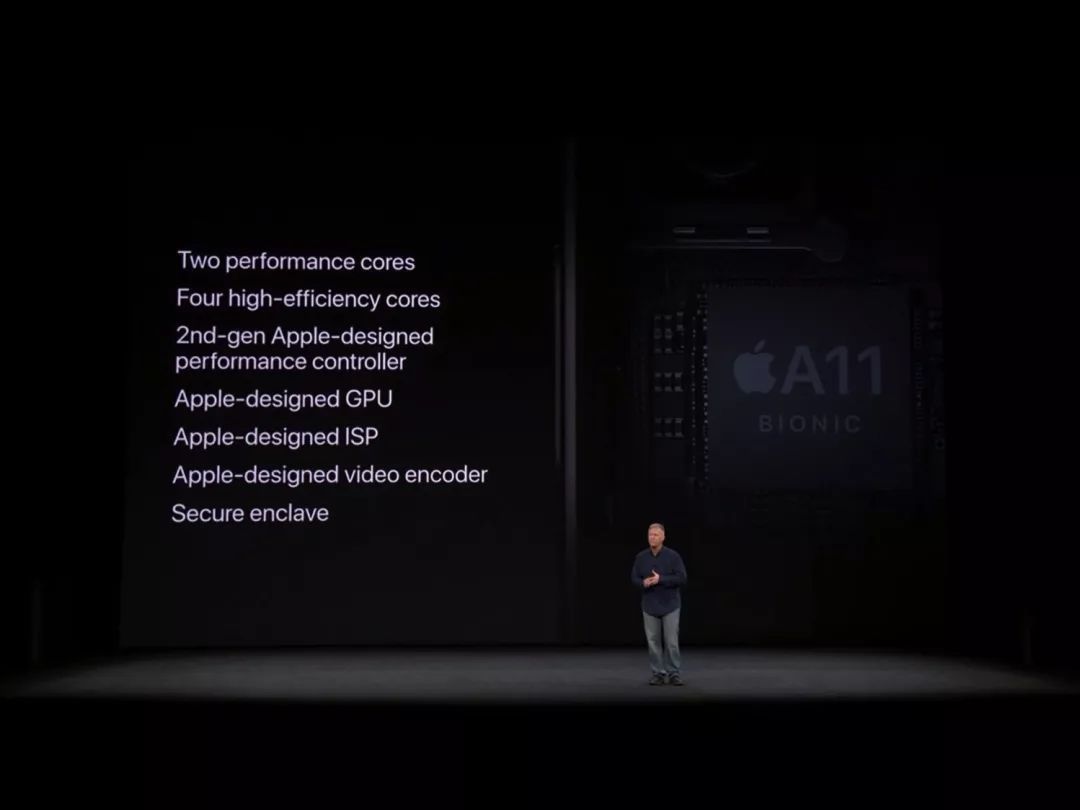
The deeper significance of the A11 for Apple is that it represented the highest degree of self-sufficiency in the A-series processors at that time, including self-developed CPU, GPU, ISP, decoder, and neural network engine. Since that year, nearly all phone manufacturers have made AI computing power a key feature in their marketing, marking the start of the AI era.
Last year’s A12 further improved performance and energy efficiency, thanks to TSMC’s latest 7nm process. The A12 adopted Apple’s self-developed Fusion architecture, with the two large cores improving performance by 15% and the four small cores improving power efficiency by 50%. The GPU adopted a new generation of self-developed chips, increasing the core count to four, with an official claim of a 50% performance increase, while the most significant upgrade was in the neural network engine, which expanded from dual-core to eight-core, capable of achieving 50 trillion operations per second.
Finally, today’s release of the A13 chip, Apple claims that the chip has two major highlights: machine learning capabilities and low power consumption. The A13 Bionic uses an upgraded version of TSMC’s 7nm process, integrating 8.5 billion transistors. The CPU has two high-performance cores, providing a 20% speed increase while reducing power consumption by 30%; it also has four efficiency cores, with the same speed increase of 20% and a 40% reduction in power consumption. The CPU can perform 1 trillion calculations per second.
The GPU is designed with four cores, providing a 20% speed increase while reducing power consumption by 40%. The A13 also features an 8-core neural computing engine, with a 20% performance improvement and 15% lower power consumption.
In fact, in recent years, not only Apple but other chip manufacturers have also shifted from pursuing performance excellence to focusing on achieving the best energy efficiency ratio, thanks to advanced process technology from wafer foundries. Strong performance inevitably increases energy consumption, and in today’s mobile devices, unless pursuing large-scale gaming or multitasking, performance is often excessive; even a budget device’s performance is sufficient for daily needs, making battery life the most critical factor for mobile devices.
Fortunately, Apple has also shown some awareness this year, not only working hard on chips but also increasing battery capacity and providing an 18W charger.
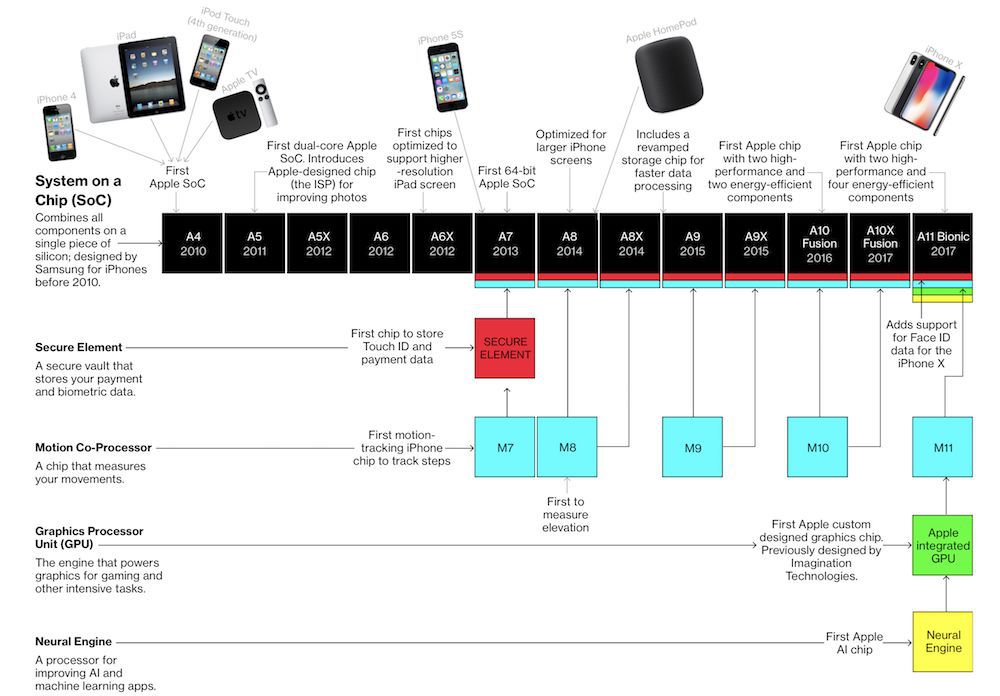
From the chart compiled by Bloomberg, we can clearly understand several major events in the history of Apple’s A-series. From A4 to A11, it has only been 8 years, but the performance of A-series processors has skyrocketed. One cannot help but admire Apple’s self-development capabilities and foresight; it truly deserves to be called a great enterprise.
However, merely describing this in words lacks intuitiveness, so I have gathered the GeekBench scores of various generations of A-series chips to visually demonstrate Apple’s formidable chip performance.(Note: Due to differences in GeekBench versions, there are discrepancies in algorithms; thus, benchmark scores for earlier chips differ from those of newer chips, and the scores are for reference only. The GeekBench database is vast, and the scores represent only one of many data points, not an average value.)
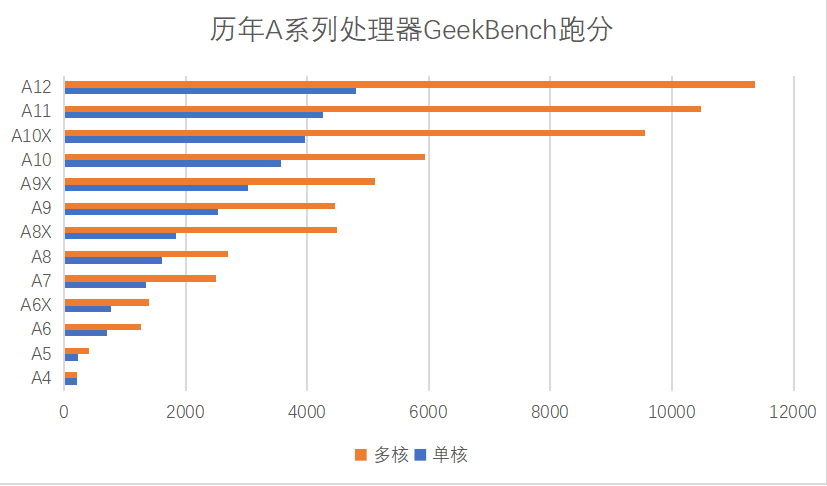
From the chart, we can clearly see several important nodes in the A-series processor history: A6, A7, A8X, A10X, A11, all representing significant leaps in Apple’s chip capabilities. Based on the A13’s 20% improvement over the A12, the A13 has the performance capability equivalent to 70 times that of the A4 processor, all within just 10 years.
People often say that Apple today lacks the dominance and influence it had during the Jobs era, especially regarding the iPhone; this is indeed the case. The rise of Android manufacturers and the emergence of Chinese domestic phone brands in the global market have impacted Apple significantly. However, it cannot be denied that Apple remains a great enterprise, at least for having changed the world.
It is indeed not easy to leave a significant mark in history, and how many can achieve lasting fame?(Proofreading/Holly)

4. Apple: A13 performance far exceeds Huawei Kirin 980, netizens: Don’t forget the Kirin 990 series
Jiwei Network reports (by Xiaoshan), on September 10, U.S. time (September 11 at 1 AM Beijing time), Apple launched the new generation iPhone at its 2019 autumn launch event. When introducing the performance of the iPhone 11 chip, Apple claimed that the A13 processor performance far exceeds that of its Android competitors.
According to on-site graphics, Apple compared the A12, A13, Qualcomm’s Snapdragon 855 chip used in the Samsung Galaxy S10+, and Huawei’s Kirin 980 chip used in the P30 Pro. Apple stated that the A12 chip has already led the smartphone industry and will continue to lead the best Android competitors for the next two years, and the A13 Bionic chip in the iPhone 11 will only extend this lead, maintaining its status as the fastest GPU in the industry.
It was reported that the A13 Bionic chip not only claims to have the fastest CPU and GPU in smartphones but also highlights its powerful machine learning capabilities and low power consumption.
The A13 Bionic chip is built using TSMC’s enhanced version of the EUV technology 7nm process, featuring two high-performance cores that provide a 20% speed boost while reducing power consumption by 30%; additionally, the A13 also has four efficiency cores, with the same 20% speed increase and a 40% reduction in power consumption.
Some media have noted that Apple compared its products to Huawei for the first time but did not mention Huawei’s newly released, more powerful 5G chip, the Kirin 990 series. Perhaps Apple considers itself to have fallen behind in the 5G smartphone race and does not want to help others promote their new products.
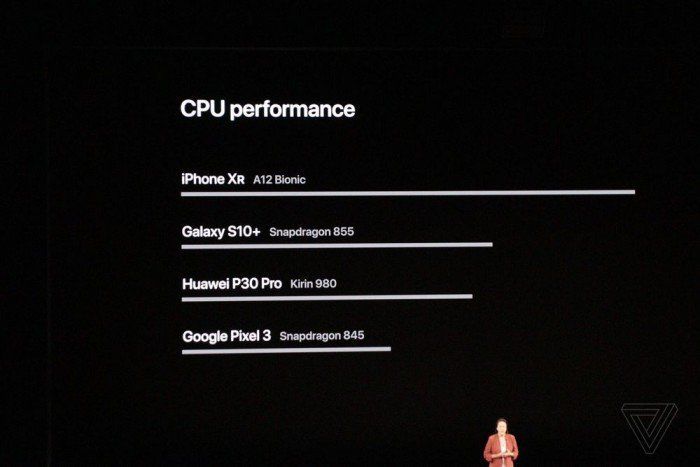
Previously, at the 2019 IFA exhibition in Berlin, Huawei launched its latest flagship chip, the Kirin 990 series, including the Kirin 990 and Kirin 990 5G chips.
According to Huawei’s consumer business CEO Yu Chengdong, the Kirin 990 5G is the first flagship SoC to adopt the Da Vinci architecture NPU, innovatively designed with a large NPU core for high-performance scenarios and a micro NPU core for ultra-low power applications, fully leveraging the new NPU architecture’s intelligent computing power.
In terms of CPU, the Kirin 990 adopts a three-tier energy efficiency architecture with 2 large cores, 2 medium cores, and 4 small cores, with a maximum frequency of up to 2.86GHz. Compared to mainstream flagship chips, single-core performance is 10% higher, and multi-core performance is 9% higher. Energy efficiency is finely tuned for different core sizes, with large core efficiency improved by 12%, medium core efficiency improved by 35%, and small core efficiency improved by 15%.
Moreover, the Kirin 990 5G is equipped with a 16-core Mali-G76 GPU, which offers 6% higher graphics processing performance and 20% better energy efficiency compared to traditional 4G SoC + 5G modem solutions, achieving industry-leading performance and efficiency.
It is noteworthy that Huawei’s consumer business CEO Yu Chengdong also stated that the Kirin 990 series chips will debut in the Huawei Mate 30 series. Some netizens joked that “Apple’s active comparison with Huawei indicates that it is on a downward trajectory,” but one could also say that Huawei has indeed become stronger.
(Proofreading/Holly)

5. The most underrated new product at the Apple launch! The U1 chip has unlimited potential
Jiwei Network reports (by kittykwoon), at the recently concluded Apple launch event, the iPhone series, iPad series, and Apple Watch series all received product line updates. However, due to Apple’s increasingly weak secrecy efforts in recent years, most of the key features of new products have been leaked.
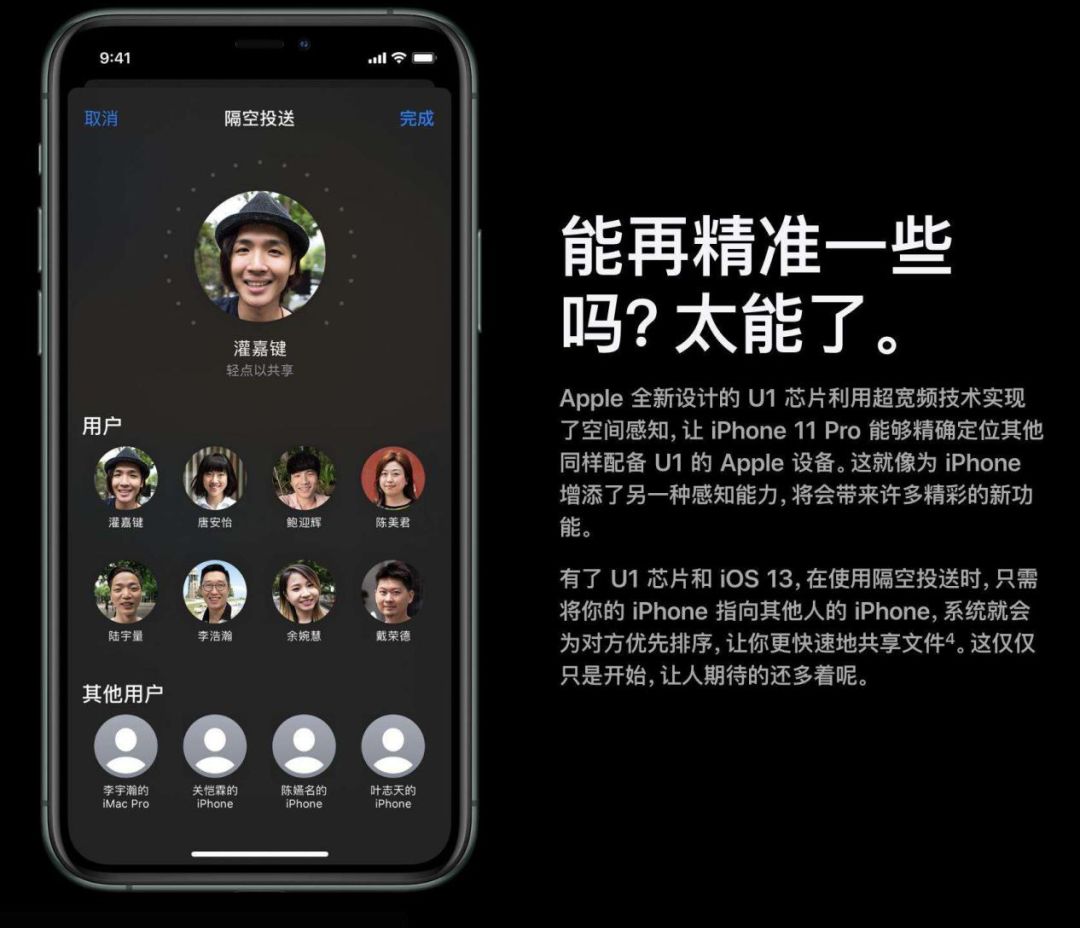
However, during the launch, the U1 chip used in the iPhone 11 series turned out to be the most surprising new product. Unfortunately, Apple did not heavily promote it during the event, so the media and consumers are not well-informed about this chip.
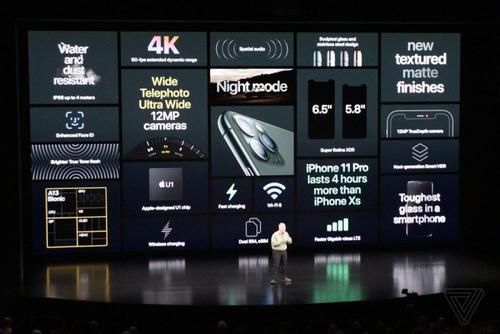
To give some background, this U1 chip uses ultra-wideband (UWB) technology to achieve spatial awareness, playing a crucial role in precise positioning. Apple provided an example: When a device is sending files to other devices, an iPhone equipped with the U1 chip can prioritize the file transfer to another device also equipped with the U1 chip if it is pointed at it.
The U1 chip’s positioning ability is more precise than Bluetooth and has stronger anti-interference capabilities. According to Apple’s current plan, this chip mainly serves as a foundation for iOS 13.1, so most application scenarios should wait until the new system is released to be further understood.
Before the launch event, there were rumors that Apple would introduce a special tool for locating items. However, this tool did not appear as expected during the event, but its features align closely with those of the U1 chip. Thus, many speculate that Apple will promote it at the next WWDC conference.
As for the potential applications of the U1 chip beyond what Apple mentioned, it is also likely to be used in smart home scenarios. For example, when a user moves from room A to room B, the U1’s precise positioning could allow lights or specific electronic products in the next room to turn on in advance.
Currently, Apple has not opened up development permissions for the U1 chip to developers, as it seems Apple is still assessing the commercial value and potential of this chip. However, it is certain that Apple is at the forefront of chip research and development.
(Proofreading/Nuo Li)
*This content is original to Jiwei Network, and the copyright belongs to Jiwei Network. Without written authorization from Jiwei Network, it may not be used in any way, including reproduction, excerpting, copying, or creating mirrors.

6. Domestic repair institutions release internal structure diagram of iPhone 11: Dual-layer motherboard, Intel modem
As per tradition, the first reviews of the iPhone 11 series may take a week to be released, and iFixit’s detailed teardown will not be available until September 27.
However, the domestic repair organization G-Lon has already released an internal teardown diagram of the iPhone 11 for peer communication.
It is reported that this year’s iPhone still adopts a dual-layer motherboard, making repair more challenging.
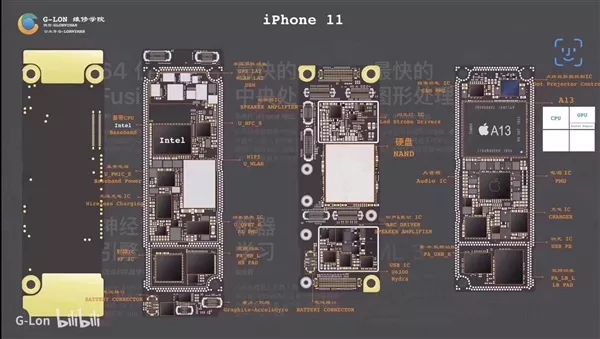
The largest onboard component is the NAND flash memory, followed by the A13 chip, and possibly the Intel modem. Additionally, there are two battery interfaces inside the iPhone 11.
It is reported that the iPhone 11 has a battery capacity of 3110mAh, with 4GB of RAM; the iPhone 11 Pro has a battery capacity of 3190mAh, while the Pro Max reaches an astonishing 3500mAh, with both Pro models matching 6GB of RAM.
Fast Technology
For more newsplease click to enterthe Love Jiwei Mini ProgramRead
1. Analyst: Apple is forgetful; the new iPhone’s pricing in China is still too high
2. Huawei responds to issuing 3 billion bonds: Enrich financing channels and ensure financial stability
3. Will you use Huawei devices? British Defense Minister: A decision will be made soon
4. Peking University alumni support scientific innovation, the YanYuan XiongXin platform officially launches
5. Zhao Ming: Honor brand mobile phones rank first in market share in Russia
6. OPPO’s new device enters the Ministry of Industry and Information Technology network, possibly a new A-series model
7. A revolution in smartphone Wi-Fi experience: Initiated by Qualcomm
8. Realme’s new device passes Ministry of Industry and Information Technology certification: Rear quad-camera + waterdrop screen
9. Xiaomi TVs ranked first in the Indian market for five consecutive quarters
10. Huawei releases “5G Application Position Paper” calling for the establishment of global unified standards
11. Samsung quietly launches the Monet-colored Galaxy Buds wireless earbuds
12. Reducing probe size, progress made in chip atomic magnetometer research
13. Indian incubated enterprises obtain CEVA licensing for SoC development
14. Punching in the era of intelligence! Sensor manufacturers are getting creative
15. Riding the 5G wave, promoting the development of China’s 5G communication chip industry
16. Chief designer of Beidou navigation Yang Changfeng: Beidou will deeply integrate with 5G and IoT
17. Cool? Intent survey shows over 90% of users will not consider purchasing the iPhone 11
18. Lawsuit comes to a close; Samsung vice chairman Lee Jae-Yong visits research department
19. Total investment of 4 billion yuan, Shenzhen Haiying Holdings’ 4GWH lithium battery project settles in Jiangsu Dafeng
20. Executives praise NEX 3: It is currently the phone with the highest front screen-to-body ratio
21. iOS 13 launches next week; what features are worth expecting?
22. Apple plans to abandon the SE, which is actually the highest-rated device among iPhones
23. Intel believes its declining market share is due to its own problems, without mentioning AMD at all
24. After Apple, Samsung is expected to adopt UWB technology
25. Equipped with Snapdragon 855 Plus, vivo NEX 3 5G benchmark scores are exposed
For more newsplease click to enterthe Love Jiwei Mini ProgramRead
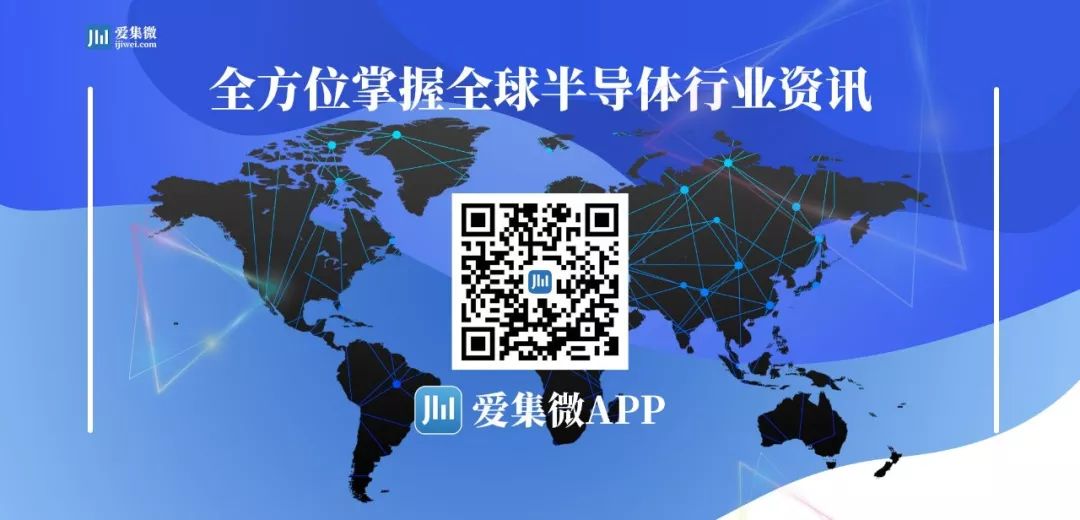
Join the editor and click to start! 
